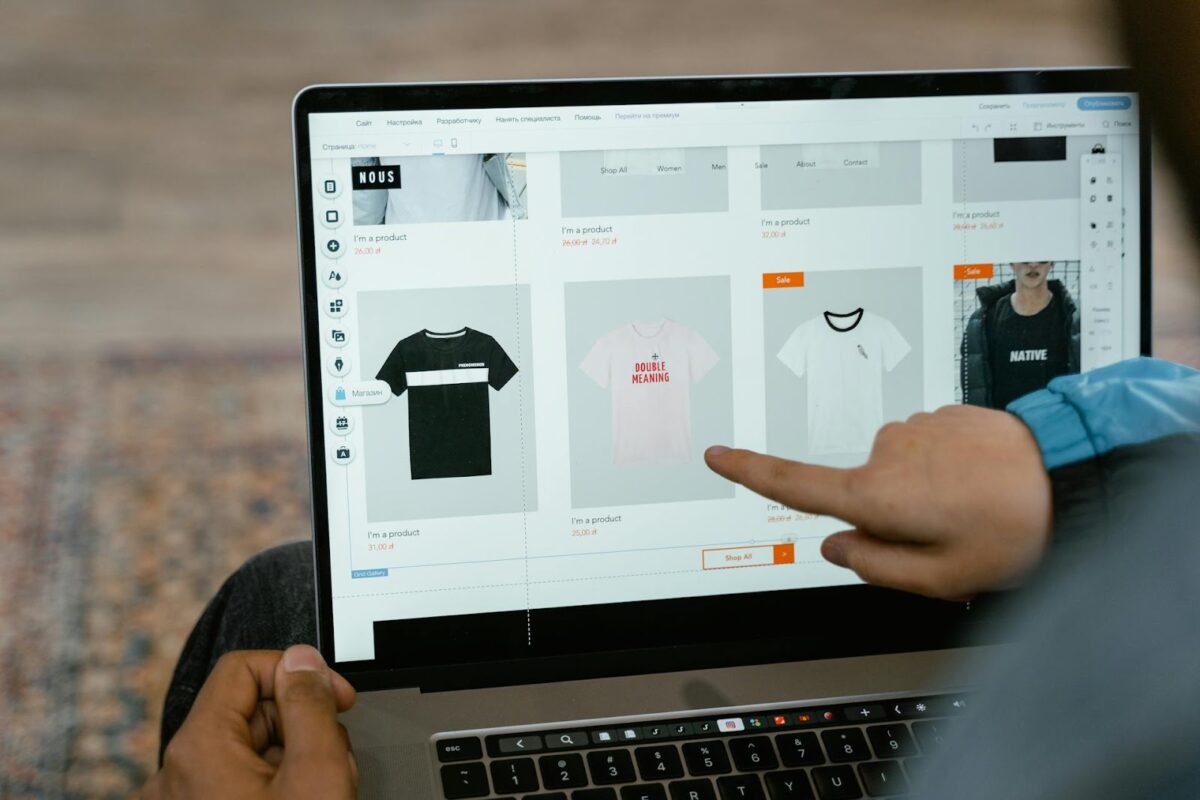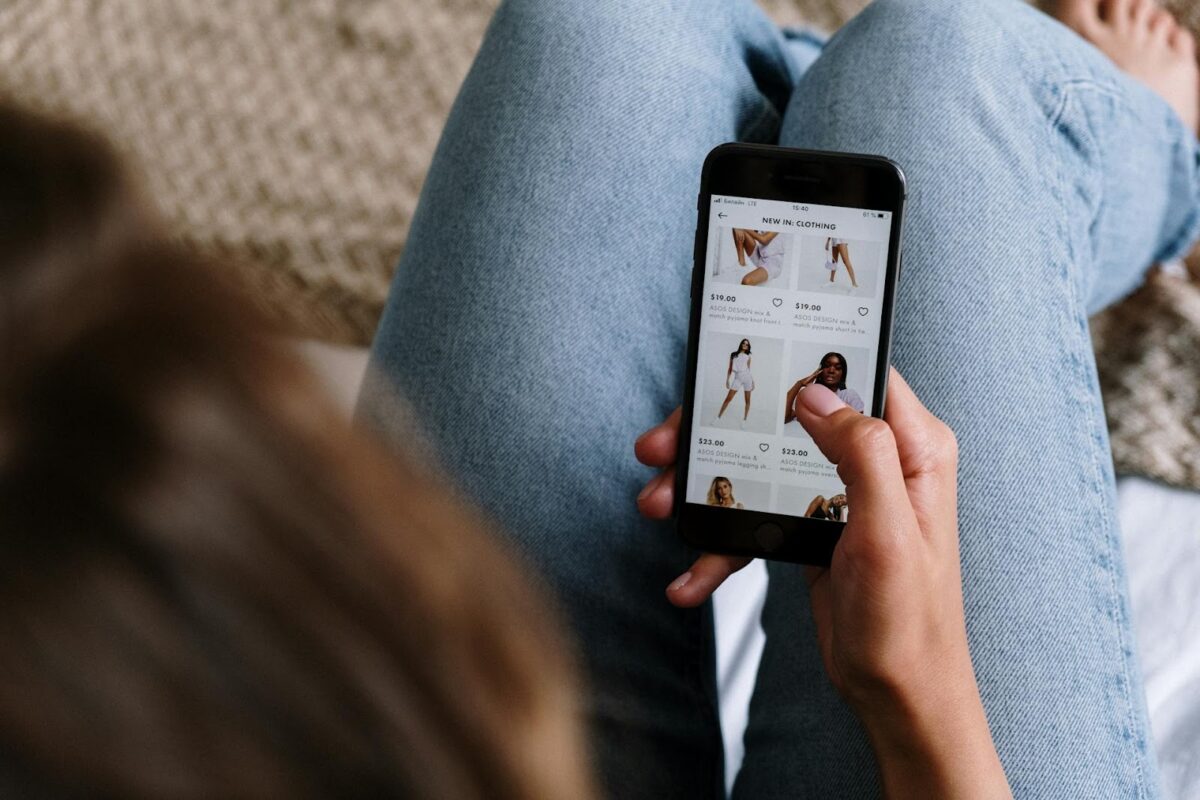In the whirlwind of retail and wholesale, grabbing attention is everything. Buyers face a flood of choices, and a sharp, standout product pitch can set you apart. With online shopping booming—experts predict 60 million more U.S. consumers will shop online between 2024 and 2029—the stakes are higher than ever, and how you present your goods can seal the deal or let it slip away.
That’s where line sheets come in, turning a rough idea into something buyers can’t resist adding to their catalogs. For designers, brands, and wholesalers, a solid line sheet isn’t just a checklist; it’s a game-changer that sharpens focus, saves time, and racks up profits.

The Power of Line Sheets in Fashion
In the fashion industry, where trends shift overnight and competition is fierce, a robust line sheet fashion software can set a brand apart. A line sheet in fashion isn’t just some boring list—it’s your first swing at winning over buyers. Imagine this: sharp, eye-catching photos paired with snappy descriptions and all the essentials—prices, sizes, fabrics—laid out clean and simple.
It’s not about throwing every idea from your sketchbook at them; it’s about spotlighting what matters most in a way that hooks them fast. Buyers, drowning in a sea of pitches, turn to these sheets to cut through the noise and find what vibes with their store. A killer line sheet doesn’t just show off your collection—it sells the vision, making it impossible to ignore.
Streamlining the Sales Process
Beyond aesthetics, line sheets bring order to the chaos of selling a collection. Imagine a sales rep flipping through a binder of loose notes or a buyer squinting at a blurry email attachment. That’s a sale waiting to slip away.
A sharp line sheet pulls it all together: item codes, wholesale costs, order minimums, all lined up and easy to skim. This clarity cuts down on back-and-forth questions, speeding up decision-making. For companies eyeing bigger clients or more deals, this kind of smoothness can tip the scales. It’s not only about polish—it’s about making life simpler for the people holding the purse strings.
Building Brand Consistency
A line sheet isn’t just a rundown of products—it’s your brand’s voice on paper. Every choice, from the typeface to the layout, mirrors who you are. A high-end label might go for clean lines and a touch of sparkle, while a rugged denim crew could roll with bold fonts and raw edges. That vibe flows from the design studio to the store racks, locking in your identity. When buyers flip through something that feels consistent, they’re not just picking items—they’re signing up for your story. Over time, that builds loyalty, turning quick buys into steady gigs.
Bridging Design and Commerce
For designers, getting from a wild sketch to a stocked shelf can feel like a tightrope walk. Line sheets make it doable. You might live for the art of a pleated skirt or a chunky scarf, but buyers need the nuts and bolts—think materials, colors, and shipping dates.
A great line sheet takes that creative fire and packages it into something practical, without losing the magic. It’s the balance between dreaming big and delivering smart, making sure your work doesn’t just shine but sells. That’s the sweet spot where passion meets payoff.
Adapting to Digital Demands
The rise of digital marketplaces and virtual showrooms has only amplified the importance of line sheets. Buyers aren’t always thumbing through physical binders anymore—they’re scrolling on tablets or zooming in on PDFs. This shift means line sheets need to be versatile: eye-catching enough to stand out in a crowded inbox, yet simple enough to load quickly on a spotty Wi-Fi connection.
Smart brands are tweaking their approach, embedding clickable links to lookbooks or optimizing images for mobile screens. It’s about meeting buyers where they are, whether that’s a bustling trade show or a quiet home office. In a world where attention spans are shrinking, a sharp, digital-ready line sheet keeps the conversation alive.

Turning Interest into Orders
At its core, an effective line sheet isn’t just a tool—it’s a closer. It takes a buyer’s curiosity and turns it into commitment. A jumbled spreadsheet or a vague description might leave room for doubt, but a clear, confident line sheet answers questions before they’re asked. It’s the final nudge that moves a “maybe” to a “yes.” For businesses, this translates directly to the bottom line: fewer lost sales, higher order volumes, and stronger relationships with retailers. In an industry where margins can be razor-thin, that impact is impossible to ignore.
From the spark of a design to the moment it lands in a catalog, the journey of a product hinges on how well it’s presented. Effective line sheets don’t just organize—they persuade, connect, and convert. For brands willing to invest in this small but mighty tool, the payoff is clear: a smoother process, a sharper image, and a bigger slice of the market.




